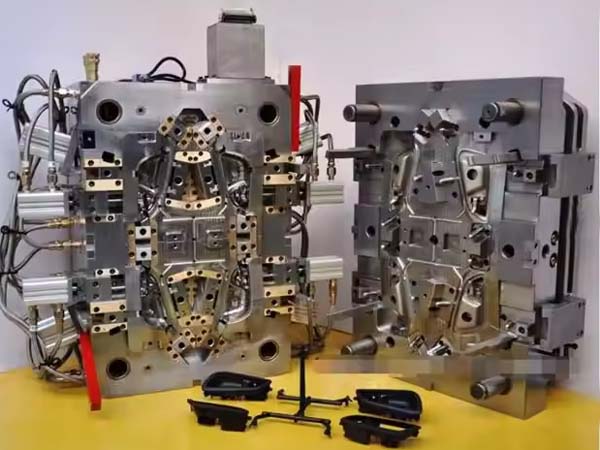
Here's a structured breakdown of "Optimizing Injection Mold Design to Enhance Product Quality" with key focus areas, methodologies, and practical improvements.
1. Design of the Mold Cavity
● Uniform Wall Thickness: Ensure that the wall thickness of the molded part is as uniform as possible. Uneven wall thickness can lead to uneven cooling, resulting in warping, shrinkage, and internal stress in the product. For example, in the design of a plastic box, if the walls are of different thicknesses, the thicker areas will cool more slowly than the thinner areas, causing the box to deform.
● Smooth Surface Finish: A smooth cavity surface finish is essential for obtaining a high - quality product surface. It reduces friction during the injection process, allowing the molten plastic to flow smoothly and fill the cavity completely. This helps prevent surface defects such as flow marks and weld lines. Polishing the cavity surface to a mirror - like finish can significantly improve the appearance of the molded product.
2. Gate Design
● Gate Location: The gate location has a significant impact on the flow of the molten plastic and the quality of the molded part. It should be selected to ensure uniform filling of the cavity. For example, for a rectangular plastic part, a central gate or multiple evenly distributed gates can be used to avoid uneven flow and ensure that the plastic fills the cavity simultaneously from different directions.
● Gate Type and Size: Different gate types, such as direct gates, side gates, and film gates, have different characteristics and are suitable for different product geometries and materials. The size of the gate also needs to be carefully designed. If the gate is too small, it can cause high shear stress on the molten plastic, leading to material degradation and poor surface quality. If it is too large, it may result in excessive material flow and flash at the gate area.
3. Cooling System Design
● Efficient Cooling Channel Layout: A well - designed cooling system is essential for uniform and rapid cooling of the molded part. The cooling channels should be arranged close to the cavity surface and follow the shape of the part to ensure even heat dissipation. For complex - shaped parts, conformal cooling channels can be used, which are designed to match the contour of the part, providing more efficient and uniform cooling.
● Optimal Cooling Medium and Flow Rate: Selecting the appropriate cooling medium, such as water or oil, and optimizing its flow rate is crucial. The flow rate should be adjusted to ensure that the cooling medium can effectively remove the heat generated during the injection process. Too low a flow rate may result in insufficient cooling, while too high a flow rate may cause excessive pressure drop and energy consumption.
4. Draft Angle Design
● Proper Draft Angle: A draft angle is provided on the surfaces of the molded part to facilitate its easy removal from the mold after cooling. The draft angle should be large enough to prevent the part from sticking to the mold, but not too large to affect the dimensional accuracy and appearance of the product. Typically, a draft angle of 1 - 3 degrees is commonly used, depending on the material and geometry of the part.
5. Runner System Design
● Balanced Runner System: The runner system distributes the molten plastic from the injection nozzle to the cavities. A balanced runner system ensures that the plastic flows evenly into each cavity, resulting in consistent product quality. This requires careful design of the runner layout and sizing to minimize pressure drop and flow differences between different cavities.
● Runner Surface Finish: Similar to the cavity surface, a smooth runner surface finish helps reduce friction and improve the flow of the molten plastic. This can prevent material degradation and improve the filling efficiency of the mold.
By carefully considering and optimizing above aspects of injection mold design, manufacturers can enhance product quality, reduce defects, and improve production efficiency.


 +86 13421913167
+86 13421913167
 E-mail
E-mail
